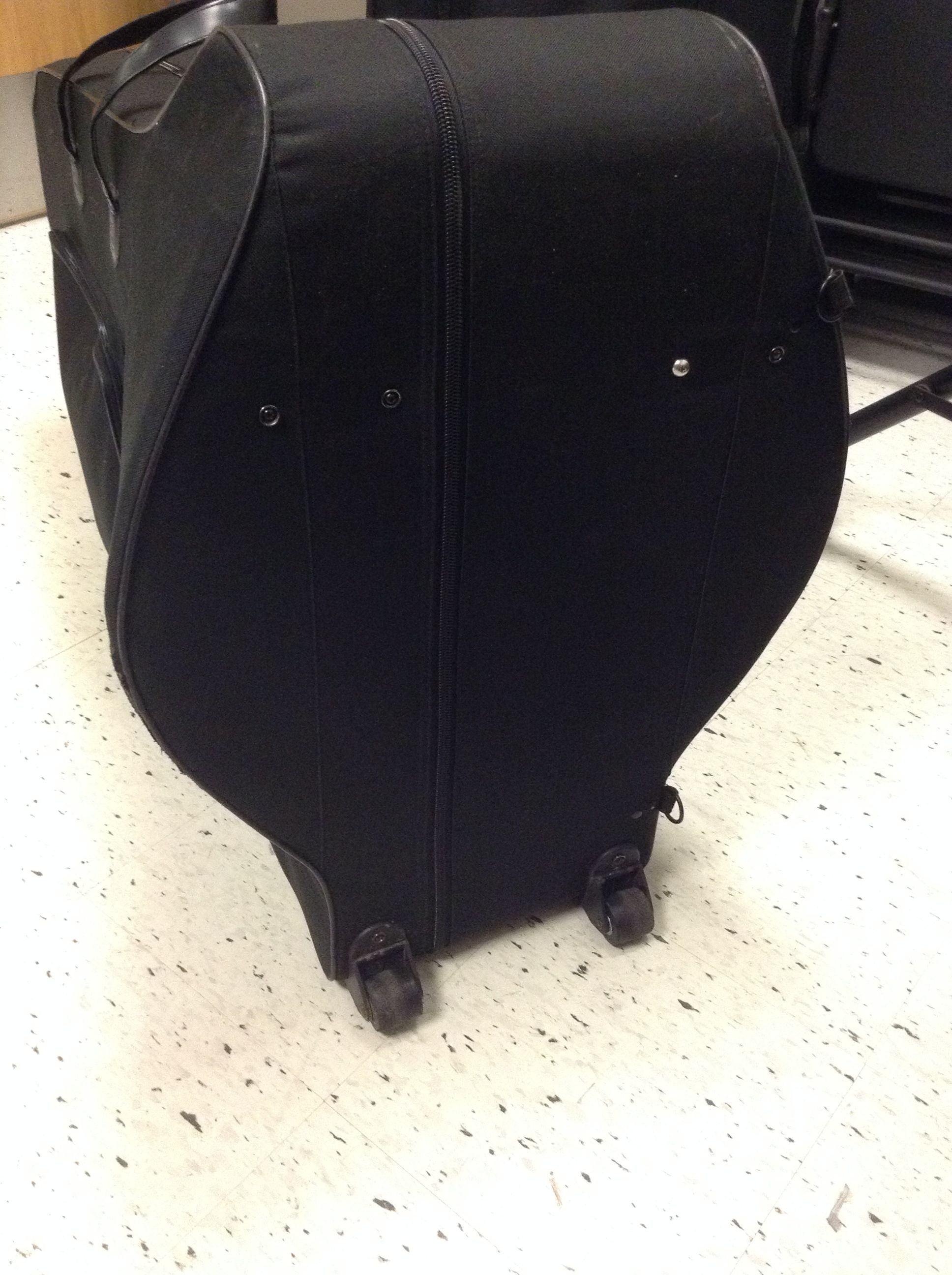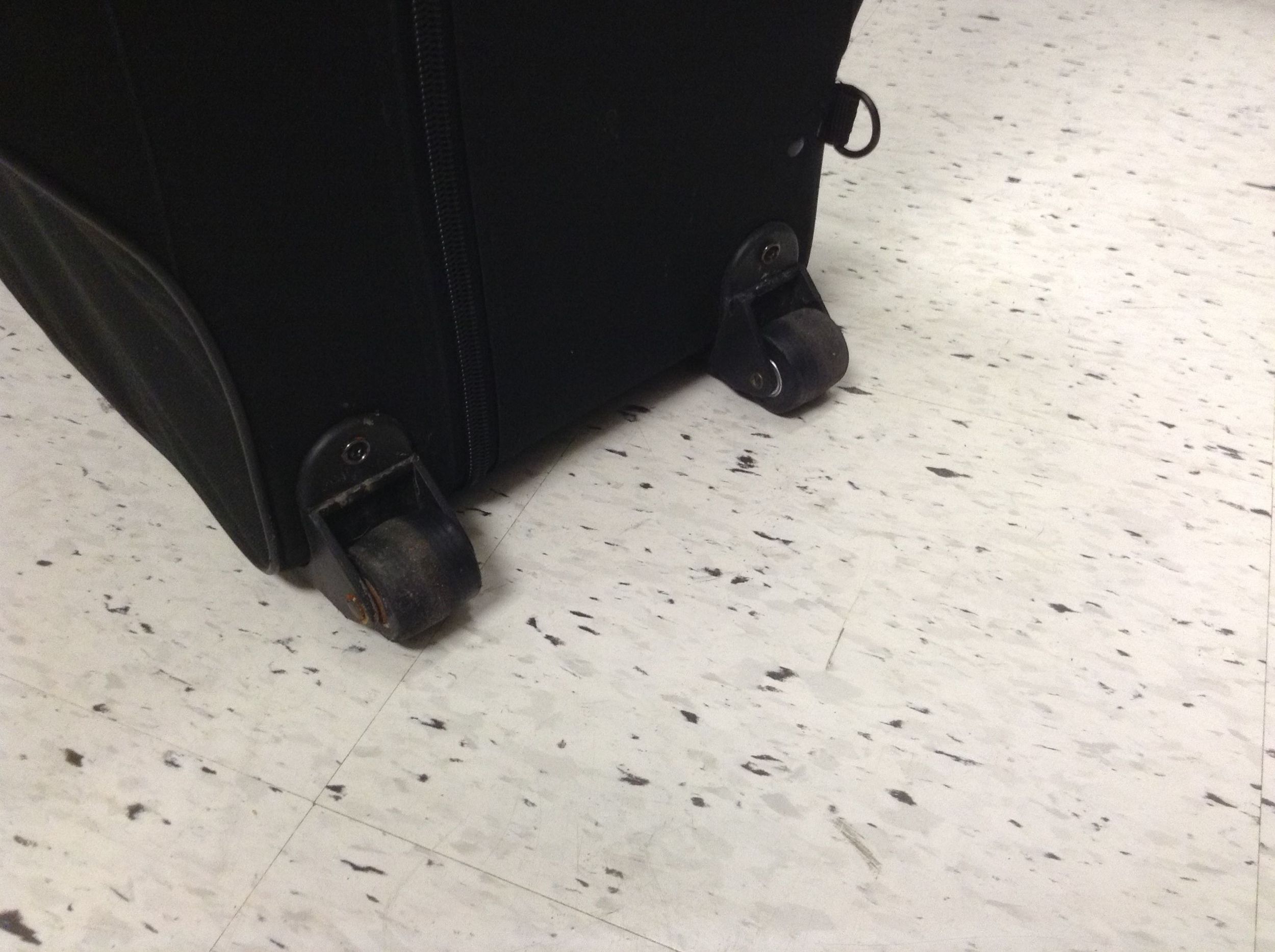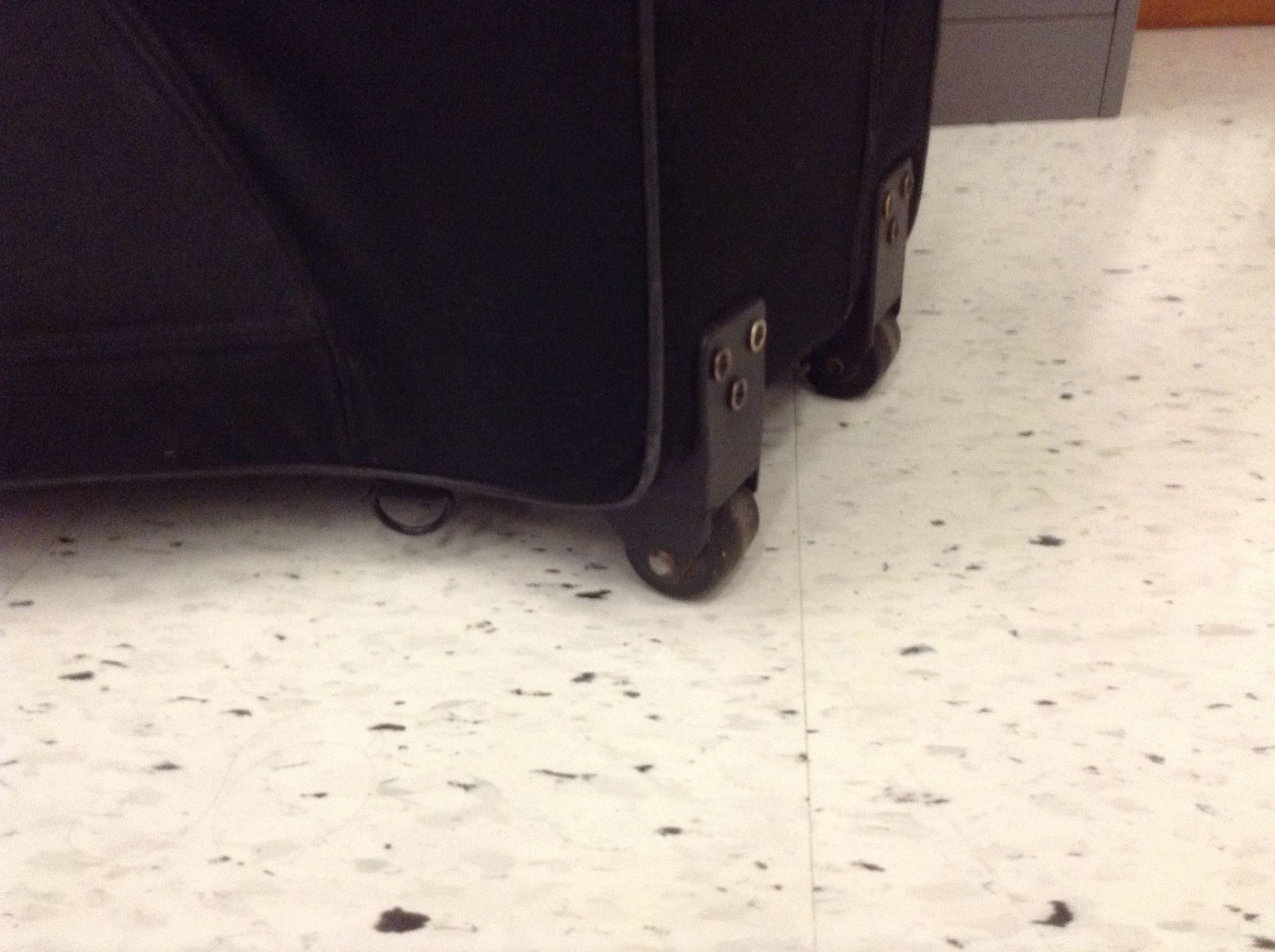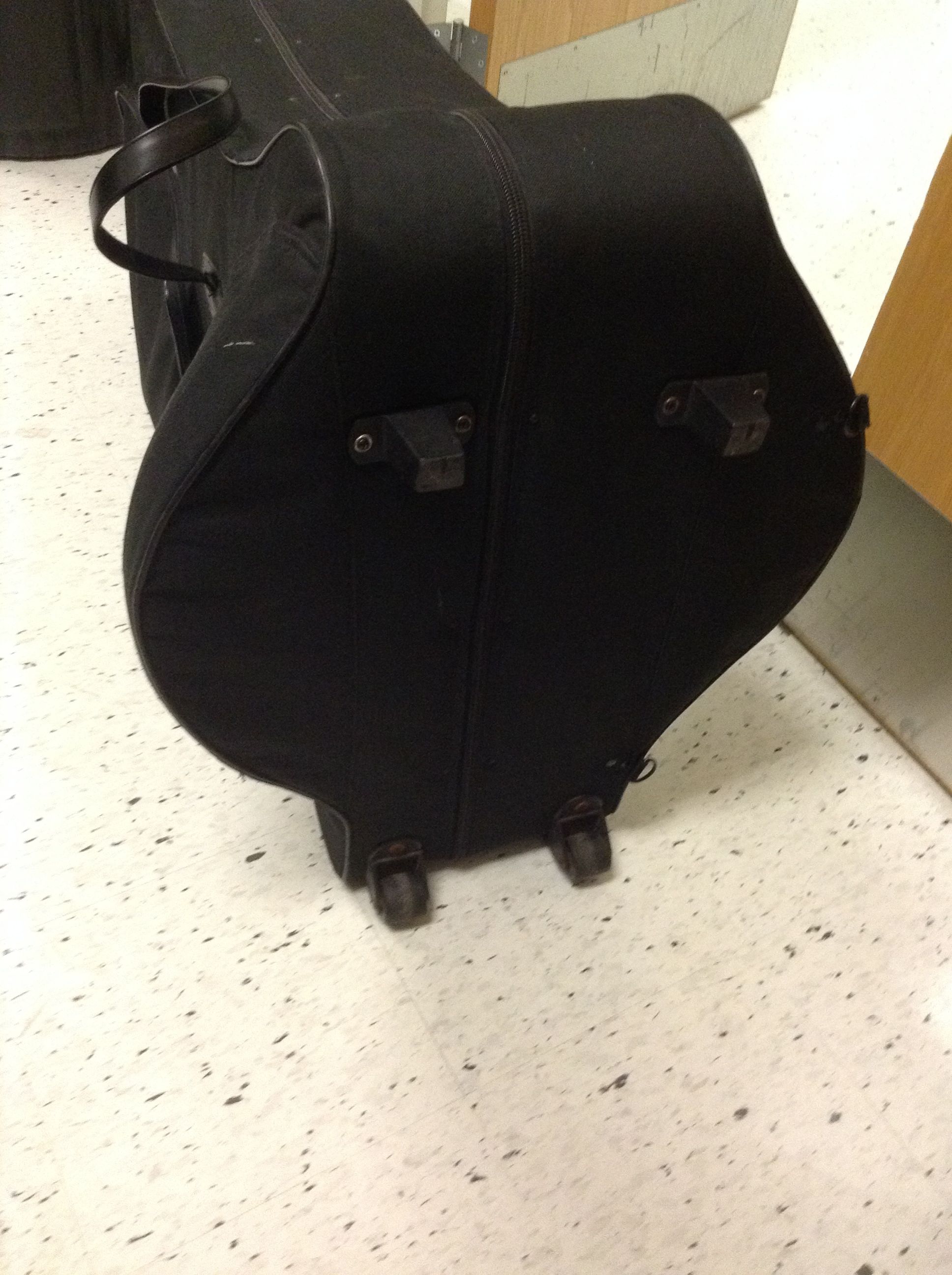rehearsal routines
/Over the past several years, the basic layout of my rehearsals at school hasn't changed much. If I don't change materials a bit each year, though, then the students I have miss out on some of the benefits of doing a routine. I've had some students for as long as seven years, and they may spend as many as four years in the same ensemble, so I think it is important to keep the routine fresh and change elements from time to time. What follows is a list of elements I've used in the past, and then a description of my current routine and a justification for each element.
Scales
Rhythm Exercises (based on Stephen Melillo's Rhythm Works)
Chorales
Breathing
Listening to music
Rehearsal of full band works
Sectionals
Currently, band rehearsal for my 9th–12th grade group looks like this:
Students arrive and put together instruments. Usually the percussion section sets up in the hall with a separate set of instructions for their warmup that week.
The first thing played is a scale, usually in half notes at a moderately slow tempo. I follow it up with variations (an articulation pattern, in a 3-part canon, etc.) and try to tie those variations to goals I have for the band (cleaner articulation, tuning, etc.). My favorite resources for major scales are this set and Scaleworks by Stephen Melillo.
After the scale part, students speak and/or play from a rhythm page. One set I've used is from Melillo, another comes from Jeff Waggoner, and I've started making my own so that I can go a few years before repeating exactly the same material. Sometimes it also helps to have more material because some students take longer to get it, and those that already understand rhythm don't feel as bored if they aren't repeating exactly the same set from year to year.
For chorales, I am again a fan of Stephen Melillo and his Function Chorales. If you haven't seen them, take a look--it's a longer post for later to talk about how neat they are. I've also had great success using Bach chorales, and I've arranged more than 25 for band. They are great starting in the 3rd year of playing (for my students, at least), because students grow in understanding balance and tuning, reviewing chromatic pitches, and they get exposure to a master of music.
This year I have started spending more time on breathing exercises drawn from The Breathing Gym. While some students don't like doing them, focusing on air makes some pretty noticeable differences in the sound of wind players.
After the warmup part of the routine (anywhere from 7 to 15 minutes), regular rehearsal or sectionals start. I'll dig into what I do more later.






